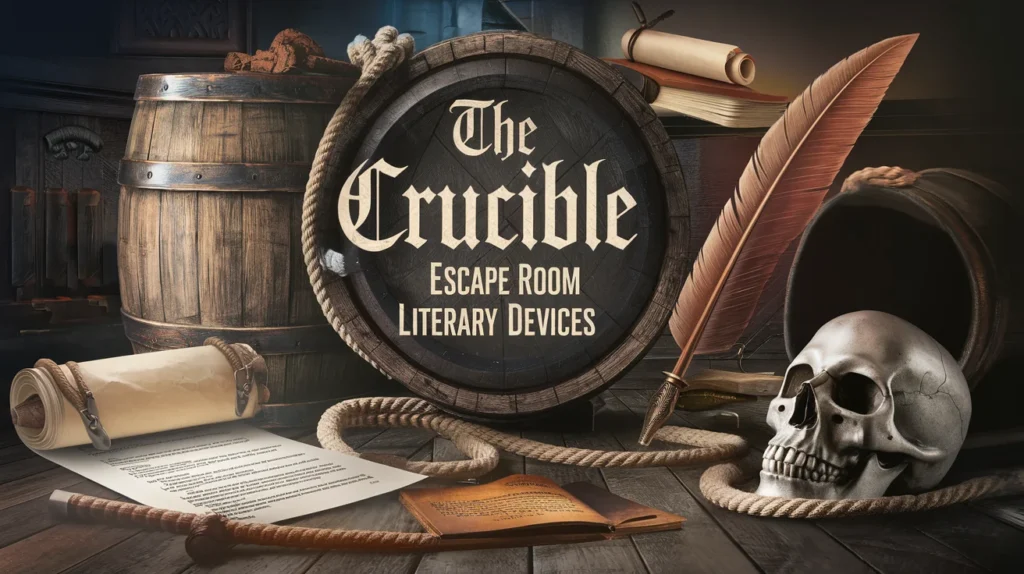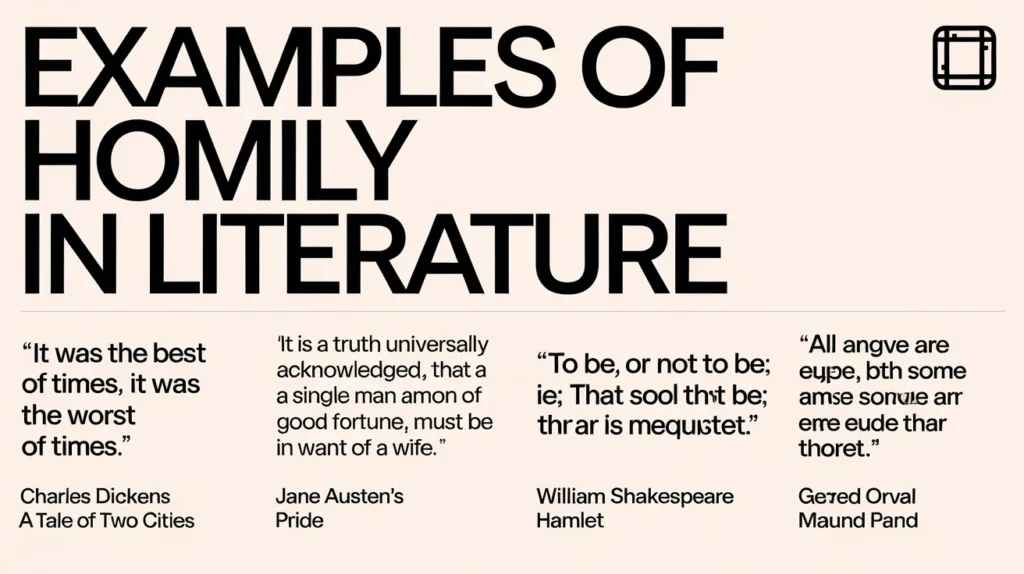Step into the world of Arthur Miller’s The Crucible like never before. Imagine being surrounded by the eerie atmosphere of Salem, where every clue you uncover pulls you deeper into a web of hysteria, fear, and moral dilemmas. The Crucible Escape Room isn’t just a game—it’s a literary adventure that brings the play’s themes, characters, and writing style to life. But what makes this escape room so unique? It’s the clever use of literary devices that transform the experience into something unforgettable.
In this article, we’ll dive deep into The Crucible Escape Room, exploring its themes, writing style, and the literary devices that make it stand out. Whether you’re a fan of the play, a literature enthusiast, or just love a good escape room, you’ll discover how this immersive experience combines storytelling and gameplay in a way that’s both educational and thrilling. Let’s unlock the secrets of Salem together!
Summary of “The Crucible Escape Room”
The Crucible Escape Room is an immersive experience that transports players into the heart of Arthur Miller’s classic play. Set in the tense and paranoid world of Salem during the witch trials, the escape room challenges participants to solve puzzles, uncover secrets, and make moral choices that mirror those of the play’s characters.
Key Elements of the Escape Room
- Setting: The escape room recreates the claustrophobic atmosphere of Salem, complete with dim lighting, period-appropriate props, and eerie sound effects.
- Plot: Players take on the roles of townspeople accused of witchcraft. They must work together to gather evidence, confront accusers, and ultimately decide whether to save themselves or stand up for the truth.
- Characters: Familiar figures like John Proctor, Abigail Williams, and Reverend Hale appear through clues, dialogue, and interactions, adding depth to the experience.
How It Mirrors the Play
The escape room stays true to the plot and themes of The Crucible, while adding interactive elements that make the story feel personal. For example, players might find themselves deciphering a hidden letter from John Proctor or uncovering a secret meeting in the forest.
Themes in “The Crucible Escape Room”
The escape room doesn’t just recreate the setting of The Crucible—it also explores its core themes in a way that’s both engaging and thought-provoking.
1. Hysteria and Fear
The escape room captures the paranoia and mass hysteria that defined the Salem witch trials. Players must navigate a world where accusations fly freely, and trust is hard to come by.
- Example: One puzzle involves identifying who among the group is secretly working against the others, mirroring the play’s theme of betrayal.
2. Power and Authority
The role of authority figures is central to both the play and the escape room. Players must decide whether to challenge or submit to figures like Reverend Hale, who wield significant influence.
- Example: A clue might require players to interpret a sermon or decode a legal document, highlighting the power dynamics at play.
3. Morality and Integrity
Just like in the play, players are forced to make difficult moral choices. Do they save themselves at the expense of others, or risk everything to stand up for what’s right?
- Example: In one scenario, players must choose whether to confess to witchcraft or maintain their innocence, knowing the consequences could be dire.
Writing Style of “The Crucible Escape Room”
The escape room’s writing style is a key factor in its success. It mirrors Arthur Miller’s dialogue-driven, tense, and morally complex narrative while adding interactive elements that engage players.
Key Features of the Writing Style
- Dialogue: Clues and interactions are delivered through character dialogue, making players feel like they’re part of the story.
- Tension: The writing builds suspense through timed challenges and unexpected twists.
- Moral Ambiguity: Players are often faced with ambiguous clues that require them to weigh their options carefully.
The Crucible Escape Room Literary Devices
The escape room uses a variety of literary devices to enhance the experience and deepen the connection to the play.
1. Allusion
The escape room is filled with references to historical events and the original play.
- Example: A clue might reference the “yellow bird” from the play, symbolizing mass hysteria.
2. Metaphor
Symbolic elements are used throughout the escape room to represent larger ideas.
- Example: The forest in the escape room serves as a metaphor for both fear and freedom, just as it does in the play.
3. Repetition
Recurring motifs and phrases build tension and reinforce themes.
- Example: The phrase “I saw [name] with the Devil” appears multiple times, echoing the accusations in the play.
4. Cliffhanger
The escape room uses suspenseful moments to keep players engaged.
- Example: At the end of each section, players might uncover a shocking revelation that leaves them eager to continue.
5. Flashback
Players uncover past events to solve puzzles, mirroring the play’s structure.
- Example: A clue might require players to piece together a timeline of events leading up to the witch trials.
6. Extended Metaphor
The entire escape room serves as a metaphor for societal pressures and moral dilemmas.
- Example: The locked doors and hidden clues represent the barriers to truth and justice in a society driven by fear.
Conclusion
The Crucible Escape Room is more than just a game—it’s a literary masterpiece that brings Arthur Miller’s play to life in a way that’s both educational and entertaining. By exploring its themes, writing style, and literary devices, we gain a deeper appreciation for both the escape room and the original work.
So, are you ready to step into the world of Salem and test your wits? The Crucible Escape Room awaits!
FAQs
1. What is The Crucible Escape Room?
It’s an immersive experience based on Arthur Miller’s play The Crucible, where players solve puzzles and uncover secrets while exploring the themes and characters of the story.
2. How does the escape room use literary devices?
It incorporates devices like allusion, metaphor, and flashback to enhance the storytelling and deepen the connection to the play.
3. Is the escape room suitable for students?
Absolutely! It’s a fun and educational way to engage with the themes and literary elements of The Crucible.
4. How long does the experience last?
Most sessions run for 60-90 minutes, depending on the group’s progress.
5. Can I play if I haven’t read The Crucible?
Yes! The escape room is designed to be enjoyable for both fans of the play and newcomers.


